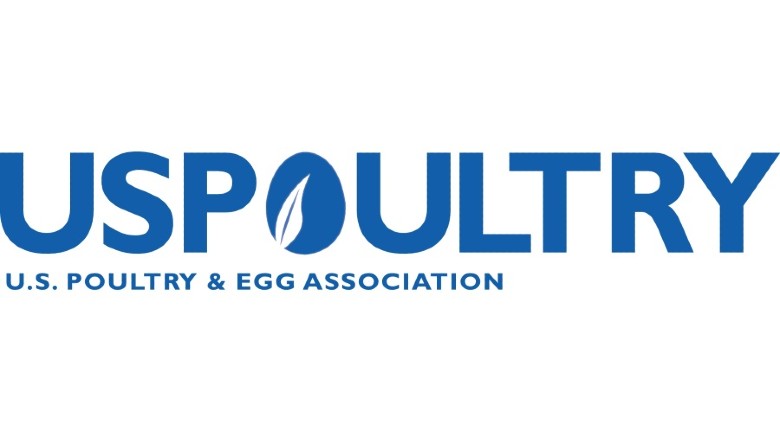New guide assists in enhancing HACCP, production efficiency
Guide is available to USPOULTRY members only.

As part of a technical reference series, USPOULTRY has assembled a Statistical Process Control Applications Guide as a technical tool to assist in understanding trends in the production process to help support a facility’s hazard analysis and critical control point plan. Statistical process control is a valuable tool in a production environment for identifying and responding to trends in real time. By employing various statistical tools, supervisors and managers can gain insights into their processes and take proactive measures to prevent quality or safety issues.
Statistical process control is not limited to retrospective use. It can be an active tool for production managers to optimize production. Common processes suited to statistical process control include temperature monitoring, product attributes that take into consideration natural variation and measurement variability, chemical concentrations and more. This data can be used to inform operations resulting in a more consistent product for consumers and improved operational efficiency.
Part of USPOULTRY’s mission is to provide technical resources and assistance to member companies, and this guide can be a useful technical tool to assist in annual or as-needed reassessments, as well as ongoing process management. The guide does not, and cannot, cover every circumstance. However, it does provide a framework for understanding and implementing statistical process control. The guide is most applicable to ongoing processes but is appropriate in a variety of circumstances.
The Statistical Process Control Applications Guide is available to USPOULTRY members only and can be obtained by visiting the USPOULTRY Training Resources web page and clicking on the Food Safety tab.
Source: U.S. Poultry & Egg Association
Looking for a reprint of this article?
From high-res PDFs to custom plaques, order your copy today!







